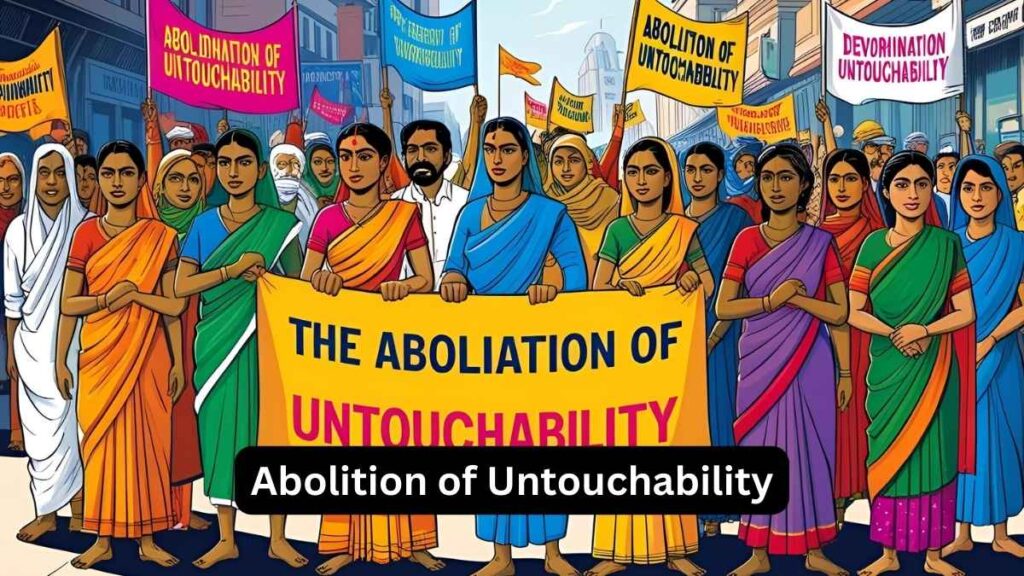Font size:
Print
Jobs for Viksit Bharat
Context:
With the unveiling of the Union Budget, India finds itself at a crucial juncture where job creation must be a top priority.
More on News
- While short-term measures like tax relief can stimulate urban consumption, a sustainable economic future demands long-term job creation and real wage growth across the country.
- The challenge is not just about generating employment but about shaping the right kind of jobs that align with India’s evolving needs and aspirations.
A Focus on Employment-Linked Incentives
- The 2024 Budget introduced Employment Linked Incentives (ELI) under the Prime Minister’s five-scheme initiative, aiming to create over four crore jobs over five years with a central outlay of ₹2 lakh crore.
- The Prime Minister’s Internship Scheme saw a promising response, attracting 6.21 lakh applications for 1.27 lakh opportunities.
- However, the full impact of the other four schemes remains to be seen, with only a draft Cabinet note on ELI and initial discussions among key stakeholders like DPIIT, the Ministry of Labour, and CII.
- The real question, however, is not just about how many jobs we create but what kind of jobs will drive a Viksit Bharat in the coming decades.
Climate-Resilient Jobs
- As one of the countries most affected by climate change, India faces severe economic and environmental consequences.
- In 2019, India ranked as the seventh most climate-impacted nation, suffering an income loss of $159 billion in 2021.
- The Reserve Bank of India estimates that adaptation costs could reach $1 trillion by 2030, posing a significant challenge to agricultural productivity, labor markets, and overall livelihoods.
- To address these challenges, climate-resilient jobs must be a priority. The government should incentivise employment that maximises “co-benefits,” as suggested by the Intergovernmental Panel on Climate Change (IPCC). Some potential avenues include:
- Electrification of Rural Mobility: Providing state-subsidised e-rickshaws in 6,00,000 villages, creating approximately two million jobs, particularly for women, while improving last-mile connectivity.
- Green Energy Expansion: Accelerating the achievement of India’s 500GW non-fossil energy target, with special emphasis on decentralised and rooftop solar, which is seven times more labor-intensive than traditional energy sources. This can generate over one million new jobs.
- Compressed Biogas (CBG) Plants: Encouraging private investment to bridge the gap between the 82 plants set up versus the 5,000-targeted (FY23-24) in 2018, thus enhancing India’s energy security while creating employment.
AI-Resilient Jobs
- The rapid advancement of Artificial Intelligence (AI) is reshaping the global workforce, with McKinsey Global Institute estimating that 50% of automation adoption in India could occur within the next decade.
- India’s IT and business services sector, which accounts for over 70% of service exports (Economic Survey 2021), faces new challenges as AI begins to replace roles in software development, customer service, and data processing.
- To safeguard employment in the AI era, job creation must focus on areas that require human creativity, physical engagement, and problem-solving. This includes:
- Strengthening Education & Healthcare: Increasing budgets to address the deficit of millions of teachers and healthcare professionals across states.
- Expanding Rural Livelihoods: Dedicated financing for the National Rural Livelihood Mission to facilitate global and urban market linkages for local products, crafts, and indigenous knowledge of farmers and artisans.
- Encouraging AI-Supported Human Roles: Reskilling workers in AI-assisted fields such as precision agriculture, AI-powered diagnostics in healthcare, and smart infrastructure management to complement technological advancements rather than replace human jobs.
Aspiration-Centric Jobs
- India’s rural youth increasingly engage with startup culture, yet many struggle with low confidence and insecurity due to weak foundational education and resource constraints.
- This often leads to a reliance on government job exams and coaching institutes, reinforcing a narrow vision of employment opportunities.
- The slow growth of non-farm jobs necessitates a shift toward off-farm job creation that aligns with youth aspirations.
- Some key strategies include:
-
- Infrastructure Development: Setting up 70,000 integrated pack-houses to bridge India’s 95% infrastructure gap in agricultural logistics, creating over two million jobs in agri-processing and supply chains.
- Boosting Local Manufacturing: Encouraging value addition in high import/export sectors, such as agri-inputs and technology-driven rural industries.
- Rebranding Rural Jobs: Leveraging technology, social media, and targeted branding to make off-farm jobs more aspirational.
- Edible Oil Self-Sufficiency: Revitalising the National Mission on Edible Oils – Oilseeds to reduce India’s 57% import dependence and return to pre-WTO levels by strengthening rural processing of soybean, sunflower, and other native oilseeds.
While tax relief can temporarily boost urban demand, India’s growing household debt and sluggish private investment call for structural reforms that prioritise sustainable job creation.


